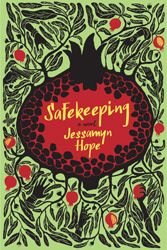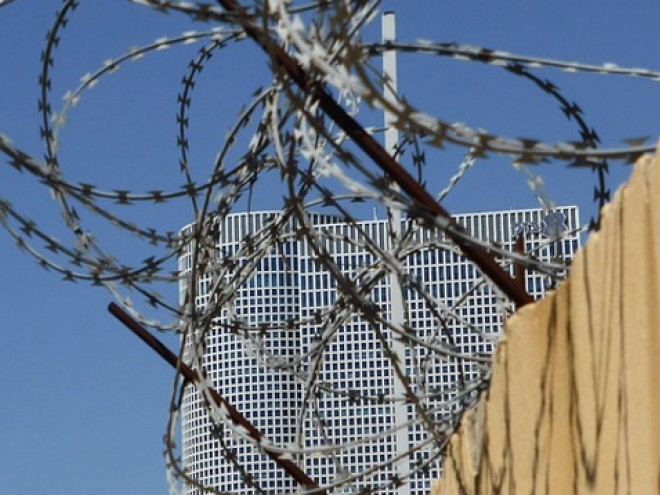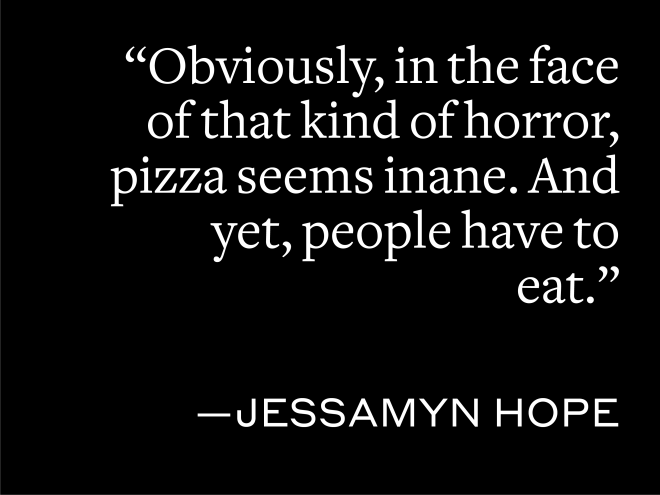
Jessamyn Hope is the author of Safekeeping, which has received critical acclaim from The Boston Globe, The Globe and Mail, and Tablet Magazine. She will be blogging here all week for Jewish Book Council’s Visiting Scribe series.
 My debut novel Safekeeping takes place on a kibbutz in northern Israel over the summer of 1994. The world has changed a lot since then, and Israel, being such a young country with unique socio-political challenges, transforms at a particularly quick rate. Some of the changes that have come to Israel over the last two decades mirror those found in other countries: the sea change that came with the Internet; cellphones stowed in pockets instead of asimonim (phone tokens) or telecards; and no more smoking while browsing clothes in the Dizengoff Center. Many changes, though, have been distinct to Israel. Over the coming week, this blog will explore six of them. Here are the first three:
My debut novel Safekeeping takes place on a kibbutz in northern Israel over the summer of 1994. The world has changed a lot since then, and Israel, being such a young country with unique socio-political challenges, transforms at a particularly quick rate. Some of the changes that have come to Israel over the last two decades mirror those found in other countries: the sea change that came with the Internet; cellphones stowed in pockets instead of asimonim (phone tokens) or telecards; and no more smoking while browsing clothes in the Dizengoff Center. Many changes, though, have been distinct to Israel. Over the coming week, this blog will explore six of them. Here are the first three:
1. Television
When I was a volunteer in 1994 on my great-uncle’s kibbutz, I watched television only rarely on his fuzzy tube TV. The viewing options were slim. All the antenna caught were three choices: a staticky Arab soap opera coming from nearby Lebanon, and the only two Israeli stations at the time, both government owned — the Israeli Broadcasting Authority and the aptly named Channel Two. Television came late to Israel, in 1966, and only then as an educational tool for schools; and although cable came to the country in 1990, the vast majority of homes still did not have it in 1994. Now Israel digitally broadcasts over ninety national channels, and Israeli television is in midst of a golden era, with shows like Hatufim and BeTipul being adapted in the United States as Homeland and In Treatment.
2. Cars
While an ulpanist on another relative’s kibbutz near Haifa, I had a crush on a young kibbutznik who would take me on day trips by signing out one of the kibbutz’s white Subarus. Nearly every car in the kibbutz lot, and seemingly every car speeding down the roads of Israel, was either a white Subaru hatchback or a white Subaru mini-truck. Why all the white Subarus? For many decades, the League of Arab States boycotted any company that did business with Israel. Since the Arab market was much larger than the Israeli one — today it’s 450 million people versus 8 million — many companies, such as Pepsi and McDonald’s, agreed not to sell their products in Israel. And this was the case for all Japanese cars except the Subaru. Since the mid-nineties, a majority of Arab countries have abandoned the boycott, and today Israelis drive cars of various brands, and only a quarter of them are white.
3. Road Signs
Want more time travel? Tune in to the next post. Or if you can’t wait, travel to 1994 Israel with my novel Safekeeping.
Jessamyn Hope’s short fiction and memoirs have appeared in Ploughshares, Five Points, and other literary magazines. Born and raised in Montreal, she lived in Israel before moving to New York City. Read more about her here.
Related Content:
- Between Friends by Amos Oz
- One Hundred Years of Kibbutz Life edited by Michal Palgi and Shulamit Reinharz
- Essays: Israel
Jessamyn Hope is the author of the novel Safekeeping, winner of the J.I. Segal Award and a finalist for both the Ribalow Prize and the Paterson Fiction Prize. Her memoirs and short stories — originally published in Ploughshares, The Common, and elsewhere — have received two Pushcart Prize honorable mentions, been named a Best American Notable Essay, and have been anthologized in Best Canadian Essays, The Broadview Anthology of Expository Prose, and The New Spice Box: Contemporary Jewish Writing. She grew up in Montreal, has long lived in New York City, and is spending the year in Tel Aviv.



